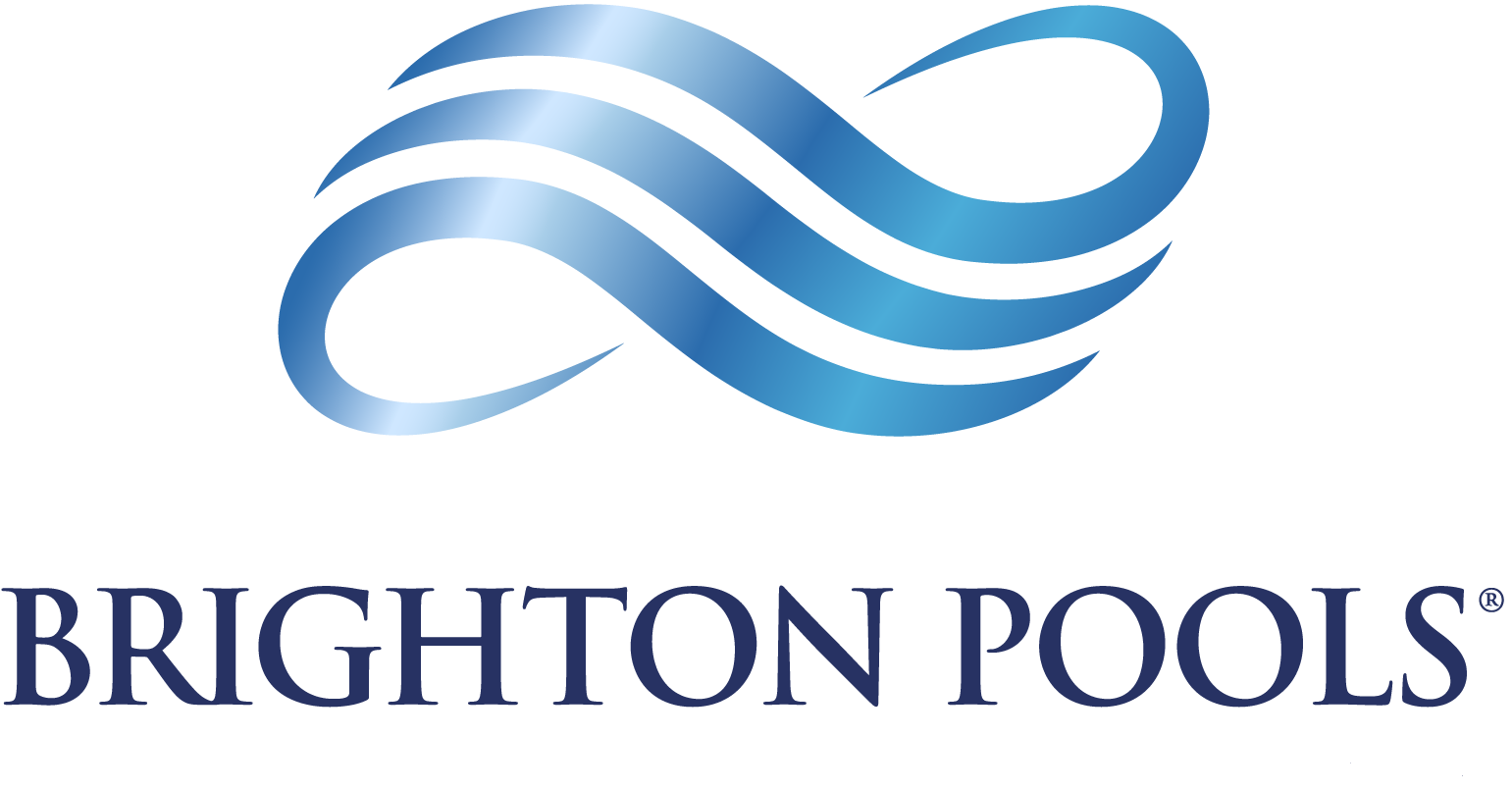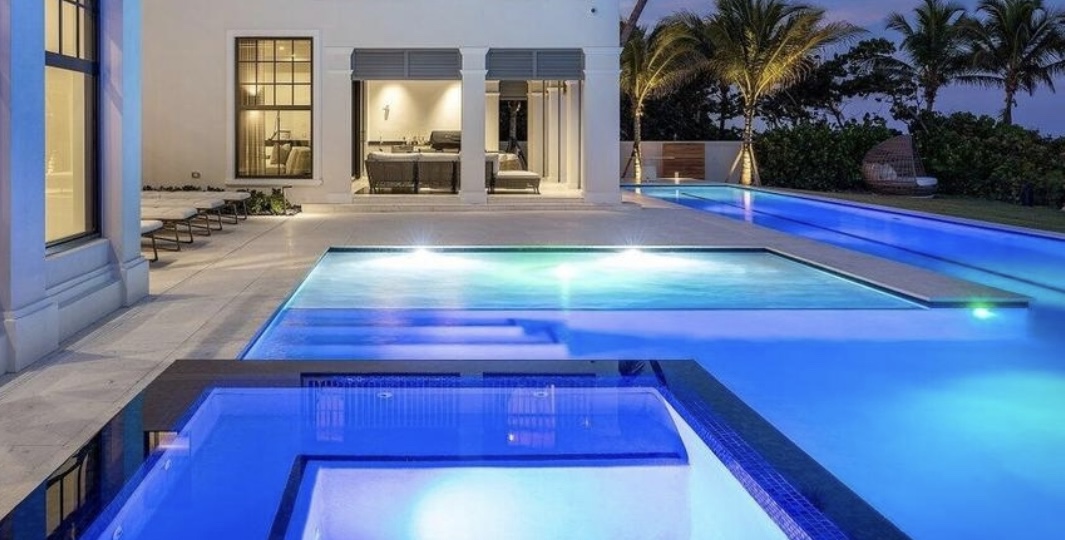How to Open Your Pool
Opening your pool can be easy if it was closed properly.
Here are the steps:
First things first! Get together all of the items you will need such as equipment plugs, balancing chemicals, chlorine, shock, algicides and stain in scale control chemicals. Have your automatic vacuum or manual tools ready to clean the pool after its start-up.
Fill the pool with water to the proper operating level. Now, remove larger debris from the cover and remove the pool cover. It can be easiest to clean the debris from the cover while it is still on the pool. There is no need to clean the cover perfectly. For safety mesh covers simply blow the leaves and debris off of the cover, then squirt cover cleaner on your pool brush and scrub the surface of the cover and hose off. Afterward, remove the springs from the brass anchors in the deck, screw down the anchors flush with the deck surface and fan fold the cover off the pool while squirting pool cover preservative between the folds. After the cover is folded put it in a plastic garbage can and squirt additional cover preservative over the cover. When taking the cover out for winterization in the fall the cover will smell nice without mildew.
Next, remove the winterizing plugs in the skimmer and return fittings on the pool. Put the skimmer baskets back in place. Install the directional nozzles in the return fittings. For best water circulation it’s always best to aim them down toward the floor of the pool.
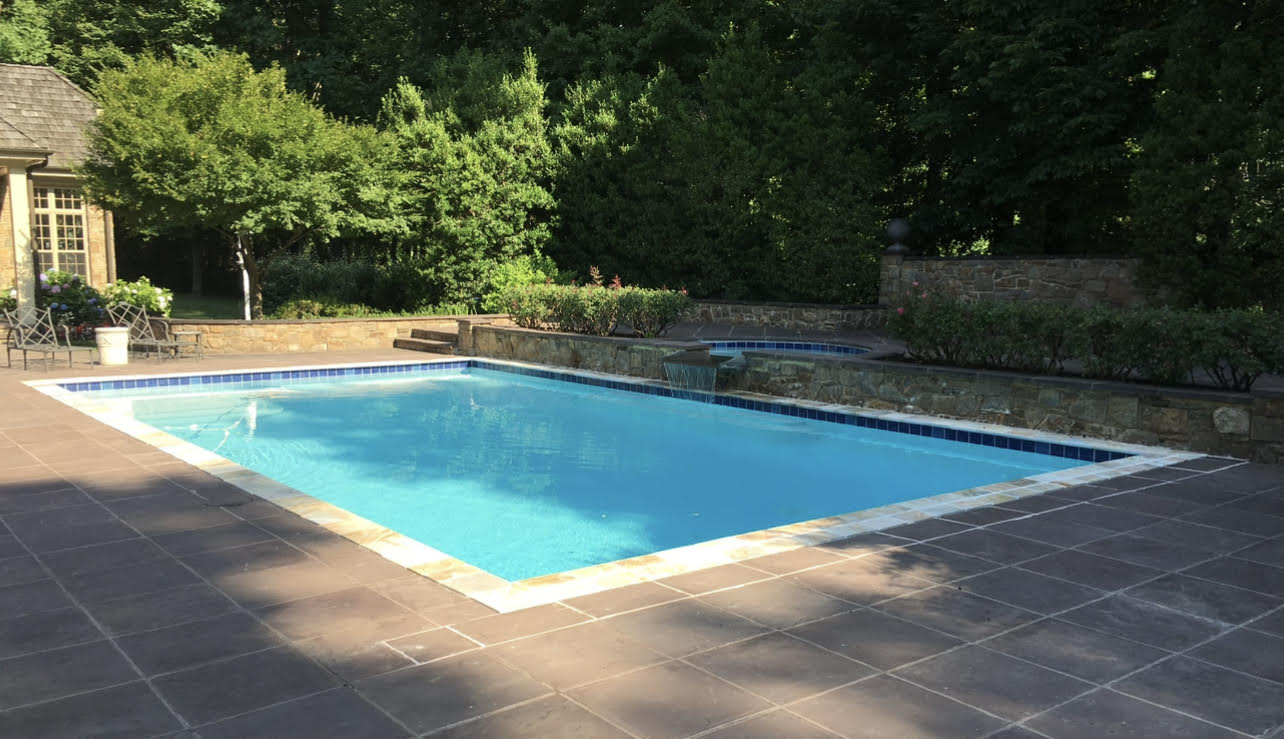
Install all other equipment such as ladders handrails diving boards if they were removed at closing. Install all plugs in the filtration and sanitizing equipment along with the heater if equipped. Fill the strainer pot(s) with water. One bucket should suffice. For hard priming systems insert the garden hose inside the pump into the suction line and let the suction line fill with water from the pump to the pool. Close the pump lid, open the air relief valve on top of the filter, now turn the pump on. Priming could take up to a few minutes. Don’t worry the pump will not burn-up running dry or before water flow begins.
It’s always good to use a lubricant on nuts and bolts as well as gaskets so they don’t rust and so they seal properly.
Clean equipment tile coping with a quality swimming pool cleaning product. Now, vacuum the pool with your automatic vacuum cleaner (Brighton offers the Aqua Vac QC automatic robotic cleaner) or a manual vacuum head, hose and pole.
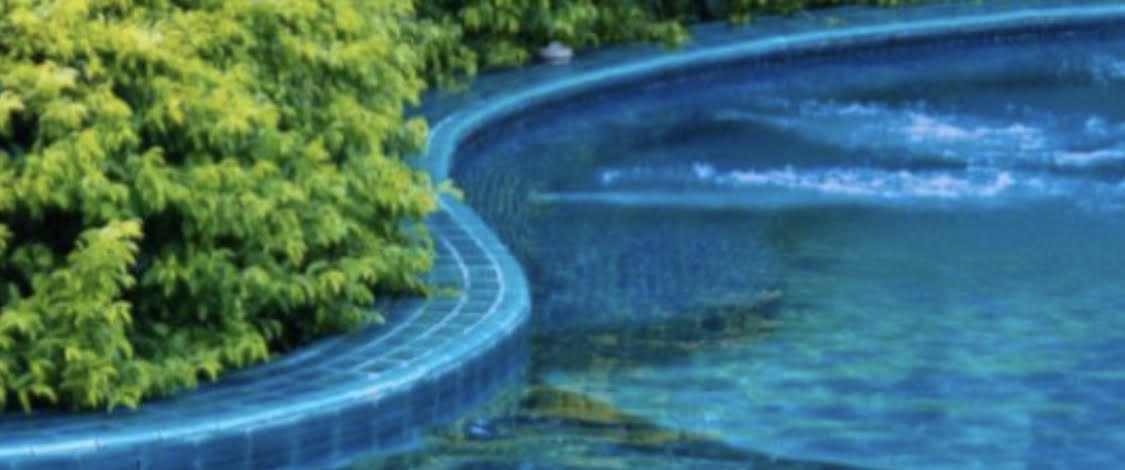
Be sure to test the water and perfectly balance it for total alkalinity, pH and calcium hardness. Then, add chlorine stabilizer and check for metals. If metals are present add a sequestering agent such as stain and scale control (recommended to use as a regular regimen).
With the pool perfectly balanced shock the pool according to the label directions.
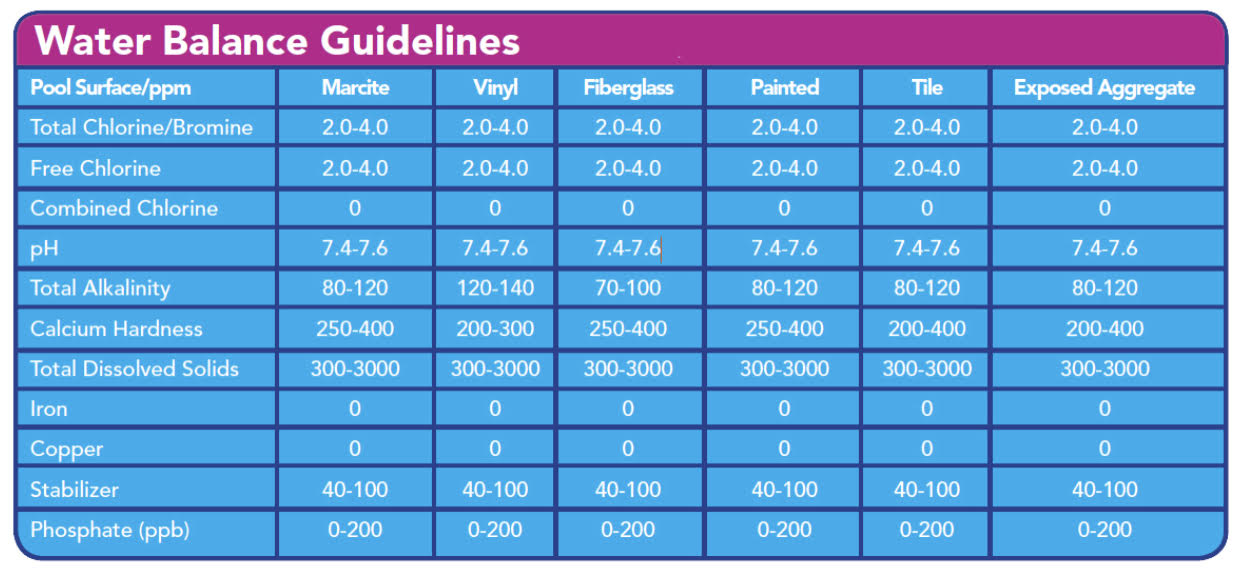
A few important tips: A high pH will cause staining that can be impossible to remove. Metals in water such as iron will react with chlorine causing staining. Adding a sequestering agent such as Stain and Scale control can remove or lighten stains from metals.
When performing these tests, be sure no one enters the pool until the pH and chlorine level is in the desired range acceptable for swimming.
The pitting and roughness of the interior finish in plaster finish pools can be caused by low calcium hardness. If the hardness of the water is left untreated it will pull calcium from the interior finish causing roughness. Calcium hardness for certain parts of the country is low. It needs to be raised with calcium chloride and maintained at a level desired for pool water balance.
Listed below are a few great resources to help understand how to avoid accidents in and around the pool and spa:
- Water Quality and Health Council
- Centers For Disease Control
- Pool & Hot Tub Alliance
Need more guidance? Please let Brighton Pools know of additional questions or information you may need. We hope this information has been helpful!
You may choose Brighton’s professional services to open your pool.


